How to create a DJ Portfolio
A guide to DJ portfolio contents to get you more gigs
If you’re a DJ looking to take your career to the next level, creating a portfolio is a must. A DJ portfolio is a collection of your best work and information on yourself. It showcases your skills and experience to potential clients, agencies and promoters.
Whether you’re just starting out or you’re an experienced DJ, a portfolio is essential for establishing your brand and building your reputation in the industry.
To create a DJ portfolio, you need to showcase your skills, experience, and style. Your portfolio should include a mix of your best tracks, videos, and photos, as well as information about your experience and the events you’ve played at.
In this guide I’ll walk you through everything you need to think about and create for the perfect DJ Portfolio.
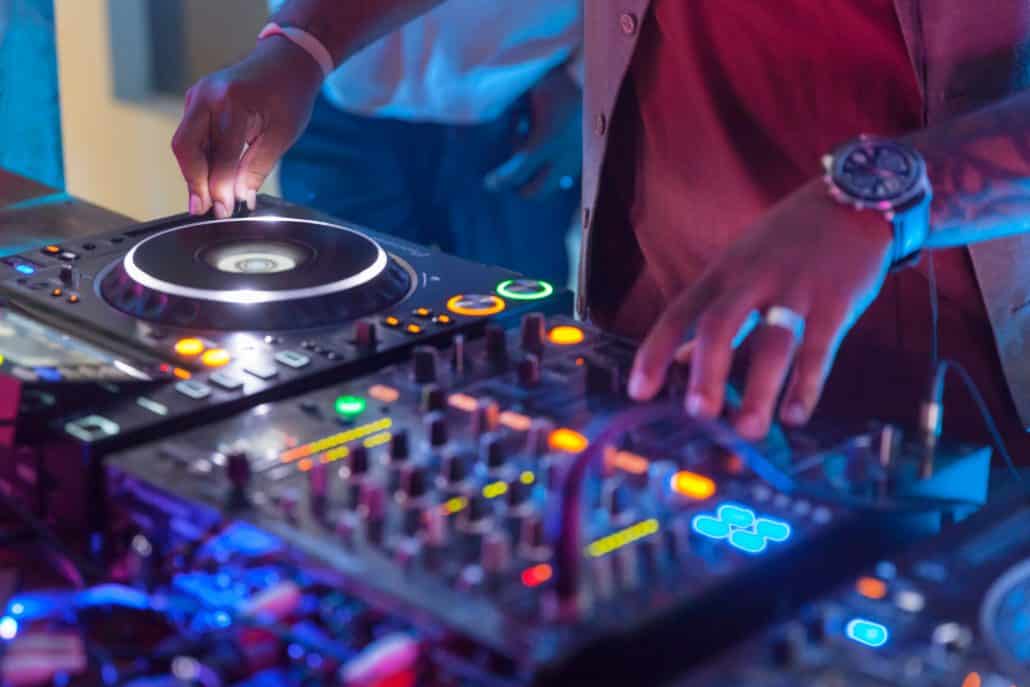
First let’s look at what you should have in your DJ portfolio. I recommend creating a highly professional PDF and if you can also have a web-based version which would be one full page of your website with everything a potential client would want to see.
Keep in mind that all of the following may be viewed by different people with different amounts of time available. Some might not have time to listen to your mix sets. Others will just want to know what types of music you play, others might want to see what stage presence and DJ persona you exude.
So let’s look at what you should definitely be including in your DJ portfolio for maximum impact to suit every potential client.
1. A bio profile
 The first section of your DJ portfolio should be a comprehensive biography. This is your opportunity to introduce yourself, explain your musical style, and showcase your DJing background. It should highlight your passion for music and your journey as a DJ.
The first section of your DJ portfolio should be a comprehensive biography. This is your opportunity to introduce yourself, explain your musical style, and showcase your DJing background. It should highlight your passion for music and your journey as a DJ.
Include details about your training, if any, your influences, and what you aim to bring to any event. It’s also important to identify your unique selling points – what sets you apart from other DJs? It could be your ability to read a crowd, your eclectic music choices, or your ability to mix different genres seamlessly.
2. Demo Mixes:
A DJ’s portfolio must include demo mixes.
![]() These are crucial because they represent your skills and style. Consider providing a range of mixes to showcase your versatility – from high-energy club mixes to laid-back lounge tracks, to tailor-made wedding playlists.
These are crucial because they represent your skills and style. Consider providing a range of mixes to showcase your versatility – from high-energy club mixes to laid-back lounge tracks, to tailor-made wedding playlists.
These mixes should be professionally recorded and produced to ensure the best audio quality. I recommend uploading them to a host platform like mixcloud.com or soundcloud.com where you can easily link to them in your Portfolio document.
3. Tracklist:
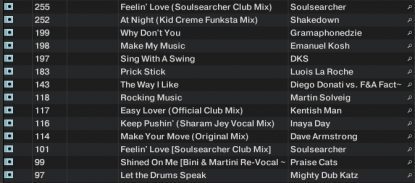 Each of your demo mixes should be accompanied by a clear tracklist. This allows potential clients to see the breadth of your music selection skills and your knowledge of different artists, genres, and tracks.
Each of your demo mixes should be accompanied by a clear tracklist. This allows potential clients to see the breadth of your music selection skills and your knowledge of different artists, genres, and tracks.
It’s a good idea to annotate these tracklists, noting why you’ve chosen certain songs, and how they contribute to the flow and energy of the mix. This gives viewers an insight into your thought process as a DJ. This alone can often be more useful than the mix itself if they’re eyeing you for a potential residency or to join a wedding DJ agency for instance.
4. Videos:
Videos can be powerful tools in a DJ portfolio. They allow potential clients to see you in action, and how you interact with the crowd.
This could be a professionally shot video of a club night, or a simple phone video of a private party. To get the best quality videos, consider hiring a professional videographer for a few of your gigs.
They can capture different aspects of your performance, like your mixing skills, your stage presence, and the crowd’s reaction.
5. Residencies and Past Gigs:
Listing your past gigs and residencies demonstrates your experience and reliability. Include any regular spots at clubs or venues, notable one-off gigs, and private events like weddings or parties.
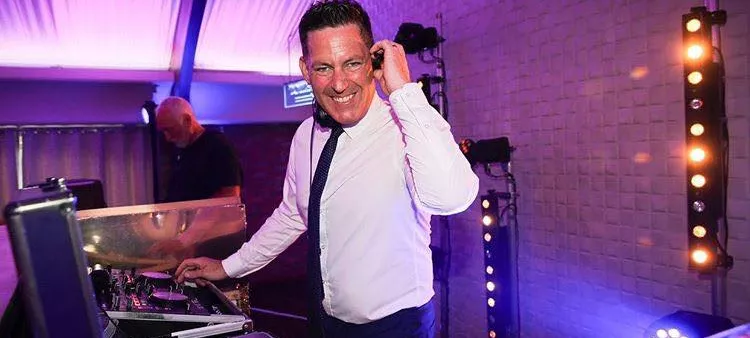
For each gig, describe the venue, the type of event, and the music you played. If you’ve played at a well-known venue or for a high-profile event, be sure to highlight that.
6. Testimonials:
Testimonials provide social proof and can be highly persuasive. Reach out to previous clients or industry professionals you’ve worked with and ask if they would be willing to provide a testimonial.
These could cover your professionalism, your DJ skills, and how you contributed to the success of the event. Be sure to include the name and role of the person providing the testimonial for authenticity.
7. Press and Media:
 If you’ve been featured in any blogs, magazines, or newspapers, include links to these articles in your portfolio. Similarly, if you’ve been interviewed on any podcasts or radio shows, provide these too.
If you’ve been featured in any blogs, magazines, or newspapers, include links to these articles in your portfolio. Similarly, if you’ve been interviewed on any podcasts or radio shows, provide these too.
Press and media features can enhance your reputation and visibility. If you don’t have any press features yet, consider reaching out to local music blogs or radio stations and offer to do an interview or guest mix.
8. Social Media and Online Presence:
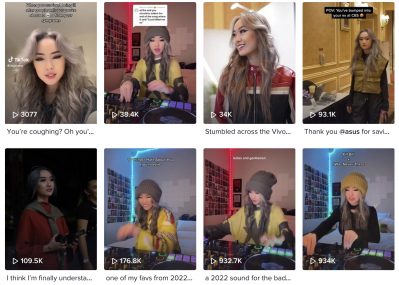 Your online presence is an extension of your portfolio. Include links to your social media profiles, your website, and any online platforms where you share your mixes, like SoundCloud or Mixcloud.
Your online presence is an extension of your portfolio. Include links to your social media profiles, your website, and any online platforms where you share your mixes, like SoundCloud or Mixcloud.
Make sure these platforms are professional and consistently updated with your latest work.
Consider sharing behind-the-scenes content, like your process for preparing for a gig or creating a mix. Engage with your followers regularly, and use these platforms to promote your upcoming gigs and releases.
These guys really know how to put together a compelling video that showcases their setup, their skills and is sure to get them more DJ gigs too. If you can I’d highly recommend creating videos like this if you have permission from your customer to do so.
When it comes to creating a DJ portfolio, selecting your best work is crucial. Your portfolio should showcase your skills and versatility as a DJ, while also giving potential clients an idea of what they can expect from you. Here are some tips for choosing tracks to include in your portfolio:
Tips for Choosing Tracks to Include in Your Portfolio
Start with your most successful gigs
 Look back at your gigs and identify the ones that were the most successful.
Look back at your gigs and identify the ones that were the most successful.
These are the gigs where you had the crowd dancing all night long, where you received the most compliments, or where you got the most bookings.
These gigs are a good indication of the type of music that your audience likes, and can help you to build a portfolio that showcases your strengths.
Consider your target audience
Think about the type of clients you want to attract with your portfolio. Are you looking to book gigs at weddings, corporate events, or nightclubs?
Your portfolio should reflect the type of music that your target audience wants to hear.
For example, if you’re targeting corporate events, you may want to include more mainstream tracks that are familiar to a wide range of people.

Don’t be afraid to create multiple portfolios for different potential clients. If you do both weddings and music festivals then you may want to consider a portfolio for each, showcasing the skills, media and track lists that best suit those very different types of gigs.
Showcase your versatility
While it’s important to cater to your target audience, you also want to showcase your versatility as a DJ.
Your portfolio should include a mix of different genres and styles, from hip-hop and R&B to house and techno.
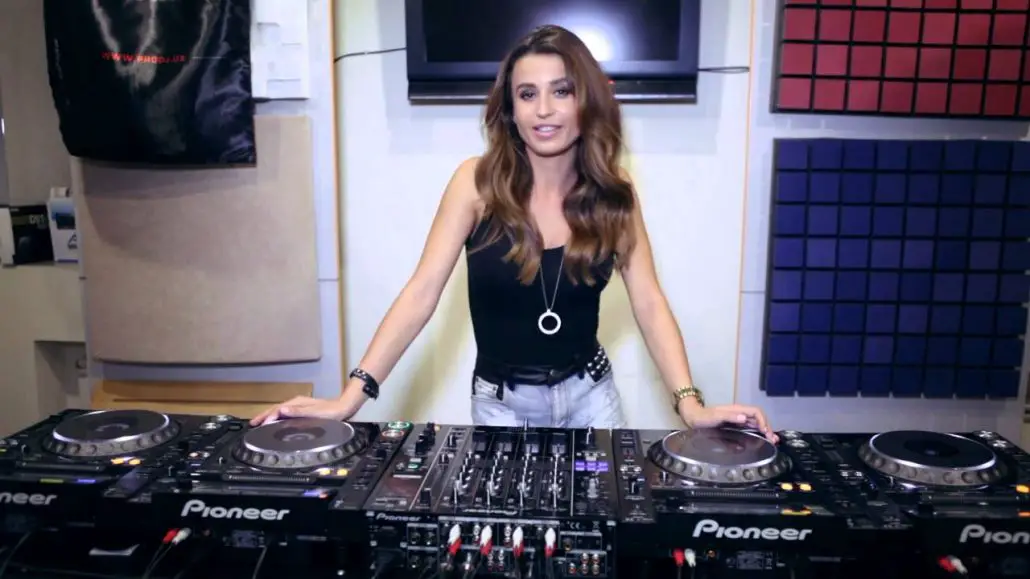
This will show potential clients that you’re capable of playing a wide range of music and adapting to different crowds.
Keep it fresh
I highly recommend you keep your portfolio updated regularly to reflect your latest work.
Don’t be afraid to remove older tracks, videos, images, etc that no longer represent your current style or sound. Keep your portfolio fresh and relevant to show potential clients that you’re always evolving as a DJ.
Here’s another awesome DJ showreel. The type of thing you should be including links to in your portfolio.
By following these tips, you can create a DJ portfolio that showcases your best work and appeals to potential clients. Remember to keep your portfolio updated and relevant, and to showcase your versatility as a DJ.
If you want to create a DJ portfolio, one of the most important things you need to include is a mix that showcases your skills. Here are some tips on how to create a mix that will impress potential clients:
How to Structure Your Mix
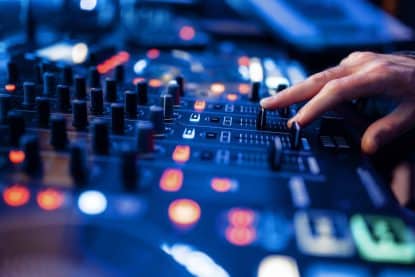 When creating a mix, it’s important to think about the structure of the mix. You want to make sure that the mix flows well and keeps the listener engaged. Here are some tips on how to structure your mix:
When creating a mix, it’s important to think about the structure of the mix. You want to make sure that the mix flows well and keeps the listener engaged. Here are some tips on how to structure your mix:
- Start with an attention-grabbing intro that sets the tone for the mix.
- Build up the energy gradually, starting with slower tracks and gradually increasing the tempo.
- Use transitions to smoothly move from one track to the next. This could be a simple fade or a more complex mix.
- Include a variety of tracks to keep the mix interesting. This could include different genres different genres, different time periods, or different moods. Read our guide to creating the perfect playlist here.
- End with a strong finish that leaves the listener wanting more. People always remember the beginning and end of your sets more than anything else.
Showcase Your Skills
In addition to creating a mix that flows well, you also want to showcase your skills as a DJ. Here are some tips on how to do that:
- Use harmonic mixing to create smooth transitions between tracks that are in key with each other. Not sure what that is? Check out our guide to harmonic mixing in key here Not sure what that is? Check out our guide to harmonic mixing in key here.
- Use effects like filters, delays, and reverbs to add interest to your mix.
- Use creative techniques like scratching and beat juggling to show off your technical skills. Read our advanced mixing techniques article here.
- Include some of your own edits or remixes to show off your production skills. Download our pro loops package for added creativity.
- Make sure your mix is well-organized and easy to navigate. Consider including a tracklist and timestamps so listeners can easily find their favourite parts of the mix. A potential client may not have the time to listen to it all but will be keen to hear certain transitions, especially genre changes. We’ve got an article on how to mix different genres.
By following these tips, you can create a mix that not only showcases your skills as a DJ but also impresses potential clients and helps you land more gigs. We’ve got even more tips on how to get more DJ gigs how to get more DJ gigs here too.
I want to take things back to basics for a moment because, as much as you might know everything I’m about to say, there’s also a chance you may not, and I want everyone to succeed at creating the best mix for their DJ portfolio that they possibly can. You can’t do that without having a professional DJ setup.
So let’s go through everything you need as a DJ to make sure the mixes you showcase are as good as they can possibly be. If you think you know all this anyway I still recommend you read it so you can tick each item off your list to know your DJ setup is ready to help you produce the best DJ sets.
A DJ Controller
A DJ controller is a piece of hardware that connects to your computer and allows you to control your DJ software. It’s essentially a mixer and turntable in one, and it can be used to mix and manipulate tracks. Look for a controller that has a good range of features and is compatible with your preferred DJ software.
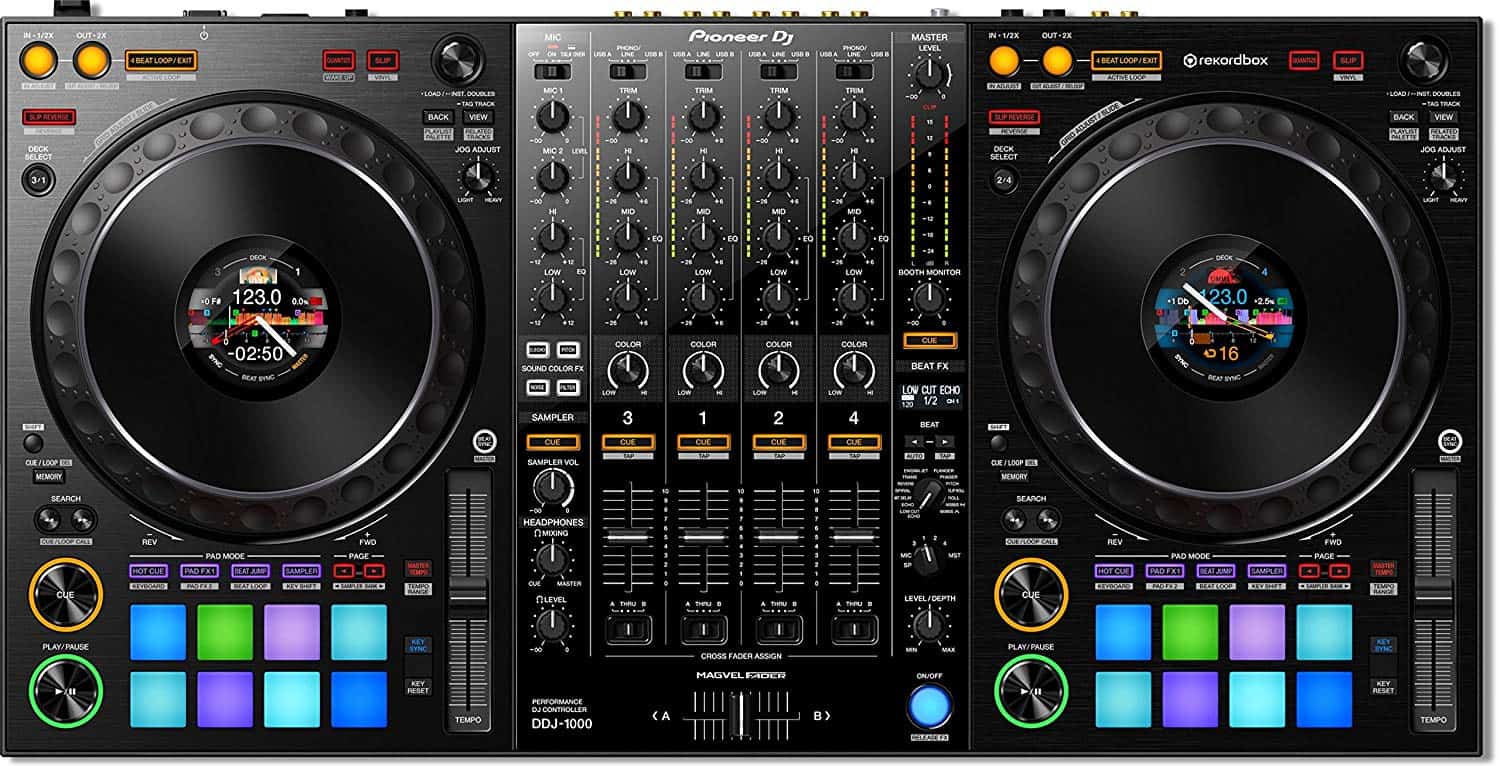
The big names are Pioneer, Denon, Native Instruments, Rane, Numark and Roland, to name but a few. The daddy of them all is Pioneer.
I highly recommend getting a professional grade DJ controller especially if you’re looking to get DJ gig as its highly likely you’ll be using something like the Pioneer DDJ1000 or the new DDJ-FLX10.
Laptop
Your laptop is the hub of your DJ setup. It’s where you’ll store your music library, run your DJ software, and connect your DJ controller. Make sure you have a laptop that’s powerful enough to handle your software and has enough storage for your music library. Consider external drives for portability and backup too.
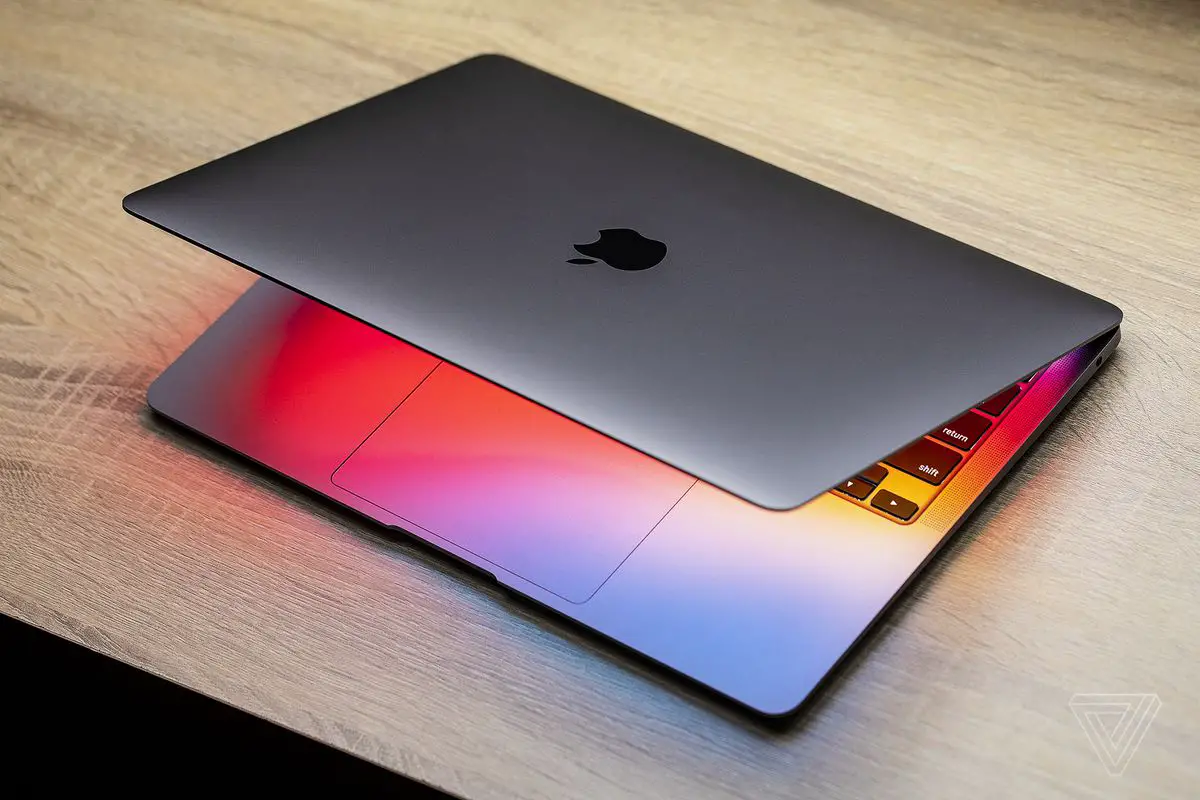
Some DJ controllers no longer require having a laptop plugged in to them but many do and clubs often require this so its best to have a dedicated DJ laptop all set up and ready for any gig. I highly recommend considering an Apple Macbook Pro or Macbook for your DJ setup as these offer the best creative power and stability when DJing. It’s why almost all professional DJs use Macbooks. In fact we’ve written an entire article on Why DJs prefer Macbooks.
Headphones
A good pair of headphones is essential for any DJ. They allow you to cue up tracks and listen to your preview mix. Look for headphones that have good sound quality and are comfortable to wear for extended periods.
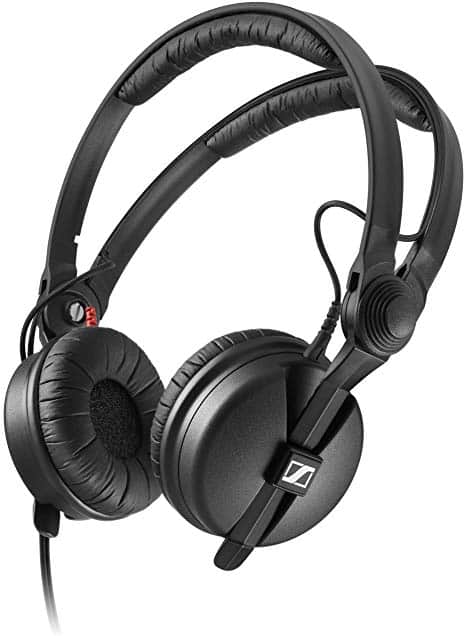
While some DJs opt for in ear headphones I still love the Sennheiser HD25 headphones I’ve had for many years. Their sound quality is epic and their robust build will see you right many years to come.
Monitor Speakers
Your monitor speakers are one of most important part of your setup. They’ll help you create clean crisp mixes that will really shine through on any mixes you create for DJ portfolio, so it’s vitally important to invest in a good pair.
Look for dedicated monitor speakers that have a good frequency response and enough volume to fill your chosen DJ studio.
A good quality set of DJ monitor speakers can really make the difference to your recorded DJ sets.
DJ Software
There are many different DJ software options available, so it’s important to find one that works for you.
Look for software that has a good range of features and feels intuitive for you specifically. Some popular options include Rekordbox, Serato, Traktor, and Virtual DJ.
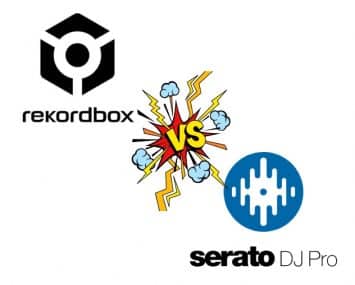 We’ve reviewed a few of these in comparison articles like Traktor Vs Serato and Rekordbox Vs Serato.
We’ve reviewed a few of these in comparison articles like Traktor Vs Serato and Rekordbox Vs Serato.
Having the right gear and software is essential for creating a professional-sounding mix for your DJ portfolio.
Invest in quality equipment and software, and make sure you have everything you need to connect your gear together too. With the right setup, you’ll have everything you need to improve your skills and record the best possible mixes to showcase your talents.
Creating a cohesive visual identity for your DJ portfolio is crucial to standing out in a crowded market. Your branding and design should reflect your unique style and personality, while also being consistent across all platforms. Here are some tips on how to create a cohesive visual identity for your portfolio:
How to Create a Cohesive Visual Identity for Your Portfolio
 1. Choose a Colour Palette
1. Choose a Colour Palette
Selecting a colour palette is an important first step in creating a cohesive visual identity.
Choose colours that reflect your style and personality, and use them consistently across all platforms. This will help your portfolio look polished and professional.
2. Create a Logo
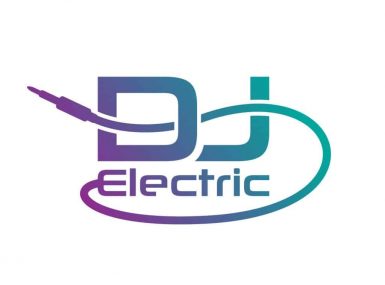 A logo is an essential part of your visual identity. It should be simple, memorable, and reflective of your brand.
A logo is an essential part of your visual identity. It should be simple, memorable, and reflective of your brand.
Consider hiring a professional designer to create a logo that will stand out and represent your brand effectively.
3. Use High-Quality Images
High-quality images are essential to creating a professional-looking portfolio. Use high-resolution images that showcase your work and reflect your brand.
Avoid using low-quality or blurry images that can detract from the overall look of your portfolio.
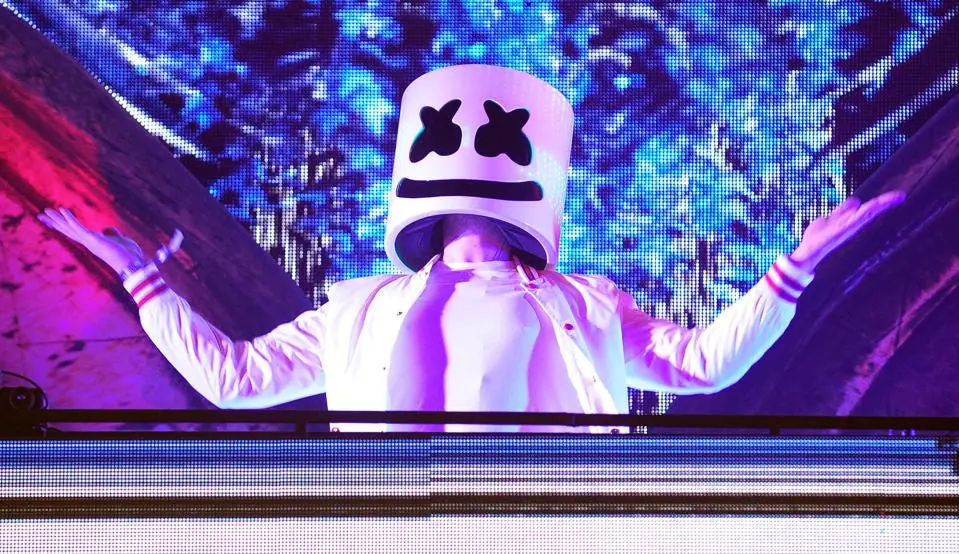
4. Use Consistent Typography
Consistent typography is important to maintain a cohesive visual identity. Choose a font that reflects your brand and use it consistently across all platforms.
Avoid using too many different fonts, as this can make your portfolio look cluttered and unprofessional.
5. Consider Your Layout
The layout of your portfolio is also important in creating a cohesive visual identity.

Consider using a consistent layout across all platforms, including your website and social media profiles. This will help your portfolio look polished and professional.
By following these tips, you can create a cohesive visual identity for your DJ portfolio that reflects your unique style and personality. Remember to use your branding and design consistently across all platforms, and to showcase your work effectively with high-quality images and a professional layout.
Once you have created your DJ portfolio, it’s time to get it out there in front of potential clients. Here are some tips for promoting your portfolio and increasing your chances of getting hired.
Tips for Getting Your Portfolio in Front of Potential Clients
 Use Social Media: Promote your portfolio on social media platforms like Facebook, Twitter, Instagram, and LinkedIn. Share your portfolio with your followers and use relevant hashtags to reach a wider audience. Engage with your followers and respond to comments and messages promptly.
Use Social Media: Promote your portfolio on social media platforms like Facebook, Twitter, Instagram, and LinkedIn. Share your portfolio with your followers and use relevant hashtags to reach a wider audience. Engage with your followers and respond to comments and messages promptly.Networking: Attend events in your local area and network with other DJs and music industry professionals. Hand out business cards and let people know about your portfolio. You can also join online forums and groups related to DJing and music production to connect with potential clients.
Collaborate with Other DJs: Collaborating with other DJs can help you expand your audience and reach new clients. Reach out to other DJs in your area or online and propose a collaboration. You can create a mix together and promote it on both of your portfolios and social media accounts.
Offer Free Mixes and Remixes: Offering free mixes and remixes can help you attract new clients and build your reputation as a DJ. You can share your free mixes on your portfolio and social media accounts and encourage people to share them with their friends.
Paid Advertising: Consider paid advertising on platforms like Facebook and Instagram to reach a wider audience. You can target your ads to specific demographics and interests to ensure that your portfolio gets in front of the right people.
By following these tips, you can increase the visibility of your DJ portfolio and attract potential clients. Remember to always be professional and responsive to inquiries, and you’ll be on your way to building a successful career as a DJ.
Networking and collaborations are essential for any DJ looking to build a successful career. Building relationships with other DJs and industry professionals can help you improve your skills, gain exposure, and open doors to new opportunities. Here are some tips on how to build those relationships.
How to Build Relationships with Other DJs
Networking with other DJs can be a great way to learn new skills, get feedback on your mixes, and discover new music. Here are some tips on how to build relationships with other DJs:
Attend DJ events and shows
This is a great way to meet other DJs and industry professionals. Make sure to introduce yourself and exchange contact information.
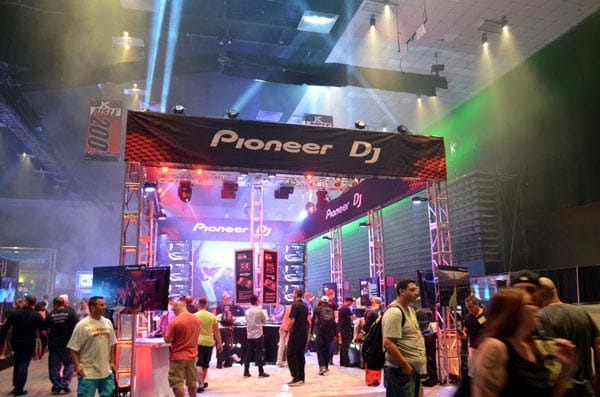
Join DJ communities online
There are many online communities where DJs share their music, offer feedback, and collaborate on projects. Joining these communities can help you connect with other DJs and gain exposure.
Collaborate on projects
Collaborating with other DJs on mixes, remixes, or live shows can help you build relationships and gain exposure. Make sure to credit your collaborators and promote the project on social media.

How to Build Relationships with Industry Professionals
Networking with industry professionals can help you get gigs, gain exposure, and build your brand. Here are some tips on how to build relationships with industry professionals:
Attend industry events
Industry events such as music festivals, conferences, and workshops are great places to meet industry professionals. Make sure to introduce yourself and exchange contact information.
Use social media
Social media platforms such as LinkedIn, Twitter, and Instagram can be great tools for networking. Follow industry professionals and engage with their content.
Offer value
Offer your services to industry professionals in exchange for exposure or other opportunities. For example, you could offer to DJ at an industry event in exchange for exposure or a referral.
In conclusion, networking and collaborations are essential for any DJ looking to build a successful career. By building relationships with other DJs and industry professionals, you can improve your skills, gain exposure, and open doors to new opportunities.
As a DJ, your portfolio is your calling card, and it is essential to keep it up-to-date and relevant. Updating your portfolio regularly will ensure that potential clients see your latest and best work. Here are some best practices for keeping your portfolio up-to-date and relevant.
Best Practices for Keeping Your Portfolio Up-to-Date and Relevant
Update your portfolio regularly: To keep your portfolio current, update it regularly with your latest work. This will help potential clients see your most recent and relevant work.
Remove outdated work: If you have work in your portfolio that is outdated or no longer relevant, remove it. This will help keep your portfolio focused on your best work and prevent potential clients from being distracted by outdated work.
 Organize your portfolio: Organize your portfolio in a way that makes it easy for potential clients to navigate and find what they are looking for. Consider organizing your work by type, genre, or event.
Organize your portfolio: Organize your portfolio in a way that makes it easy for potential clients to navigate and find what they are looking for. Consider organizing your work by type, genre, or event.Include a variety of work: Include a variety of work in your portfolio to showcase your versatility as a DJ. This can include different genres, events, and venues.
Use high-quality images and videos: Use high-quality images and videos in your portfolio to showcase your work in the best possible light. Consider investing in professional photography and videography to ensure that your work looks its best.
Include testimonials and reviews: Including testimonials and reviews from satisfied clients can help build trust with potential clients and showcase your skills as a DJ.
Keep your contact information up-to-date: Make sure that your contact information is up-to-date and easy to find in your portfolio. This will make it easy for potential clients to get in touch with you.
By following these best practices, you can keep your DJ portfolio up-to-date and relevant, and showcase your skills and experience to potential clients.
More useful DJing tips
Wondering what to read next? Here’s what we think will help you the most.
